Don't miss our holiday offer - 20% OFF!
Drought monitoring is a crucial aspect of water resource and agricultural management. Undetected and poorly managed droughts can lead to severe damage to crops, water shortages, and adverse environmental impacts. Soil Moisture Sensor Technology are one of the latest technologies that can help monitor soil conditions in real-time and optimize water usage. This article will discuss how soil moisture sensors work, their benefits, and how this technology can be used to address drought issues.
Contents
What Are Soil Moisture Sensors?
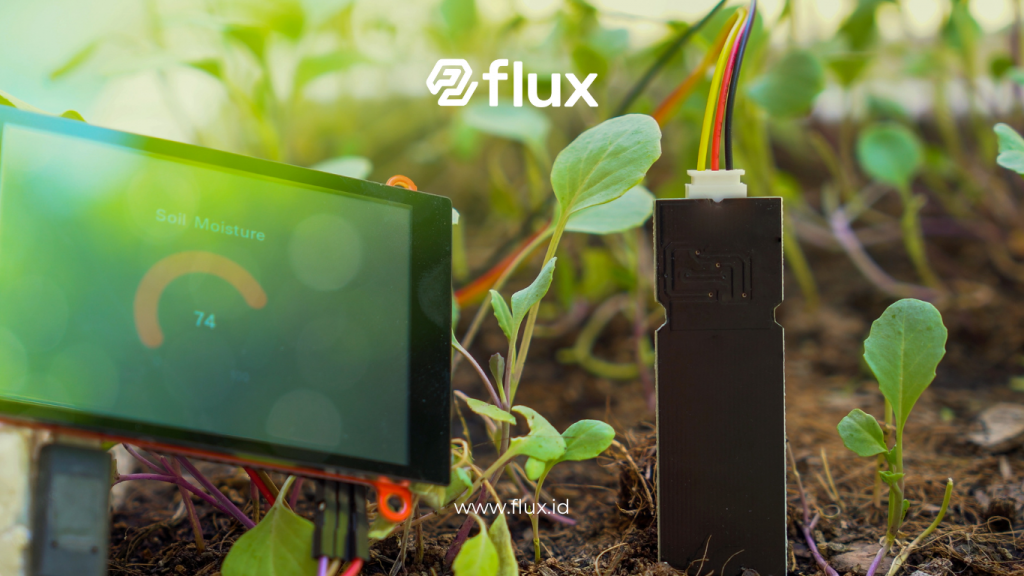
Read More : Soil Moisture Sensors: Eyes Predicting Land Changes Pre-Floods
Soil Moisture Sensor Technology are devices designed to measure the water content in the soil. These sensors are typically installed at various depths within the soil to provide a comprehensive view of soil moisture in a specific area. There are different types of soil moisture sensors, including capacitive sensors, resistive sensors, and tensiometers, each with different measurement methods.
Types of Soil Moisture Sensors
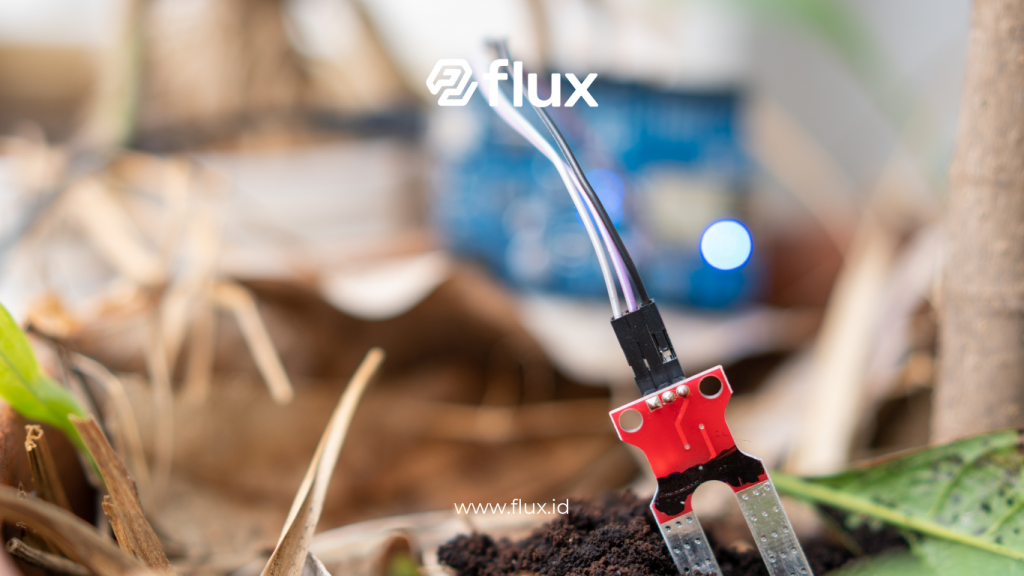
Read More : Central Soil Moisture Sensors: Enhancing Early Flood Detection
- Capacitive Sensors: These sensors measure changes in soil capacitance to determine moisture levels. Capacitive sensors are generally more resistant to extreme environmental conditions and provide accurate readings in various soil conditions.
- Resistive Sensors: Resistive sensors measure the electrical resistance between two electrodes embedded in the soil. The amount of water affects the soil’s resistance, so changes in resistance can be used to calculate moisture levels.
- Tensiometers: Tensiometers measure the tension of water in the soil. These sensors are ideal for monitoring irrigation needs by providing information on how hard the soil pulls water from the irrigation system.
How Soil Moisture Sensors Work
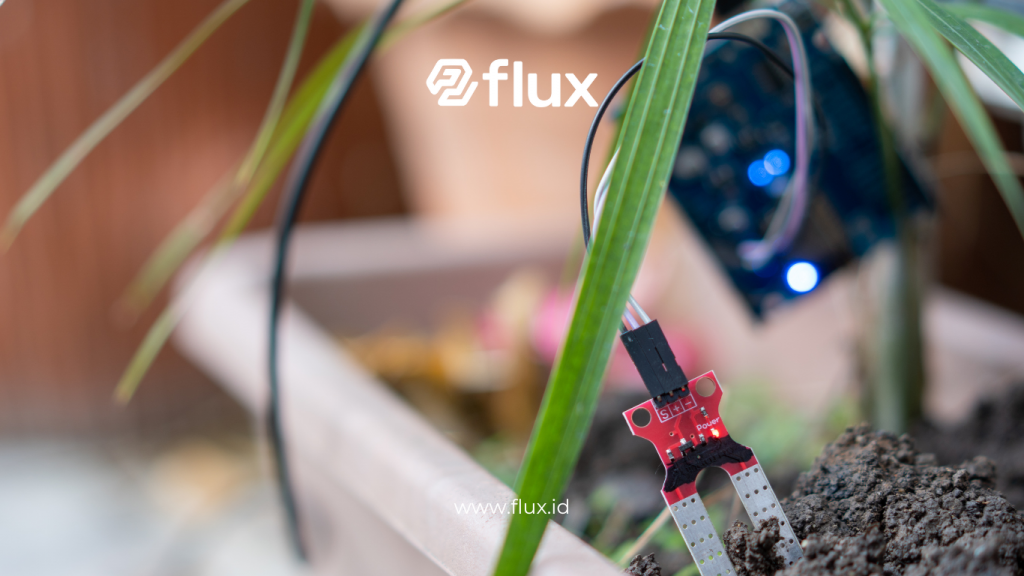
Read More : Smart and Sustainable: Soil Moisture Sensors
Soil Moisture Sensor Technology use various physical principles to measure water content. Although the measurement methods differ, all sensors are designed to provide data that can be used to assess soil moisture conditions accurately.
- Capacitance Measurement: Capacitive sensors use two metal plates that form a capacitor. When the soil contains water, the capacitance of the capacitor changes. The sensor measures these changes in capacitance to determine soil moisture.
- Resistance Measurement: Resistive sensors use two electrodes placed in the soil. The amount of water in the soil affects the resistance between the electrodes. The sensor measures this resistance and converts it into moisture data.
- Tension Measurement: Tensiometers work by measuring the water pressure in the soil. Water in the soil exerts pressure on the sensor’s tube. When the soil is dry, this pressure increases, and the sensor measures these pressure changes to assess moisture.
Benefits of Soil Moisture Sensors
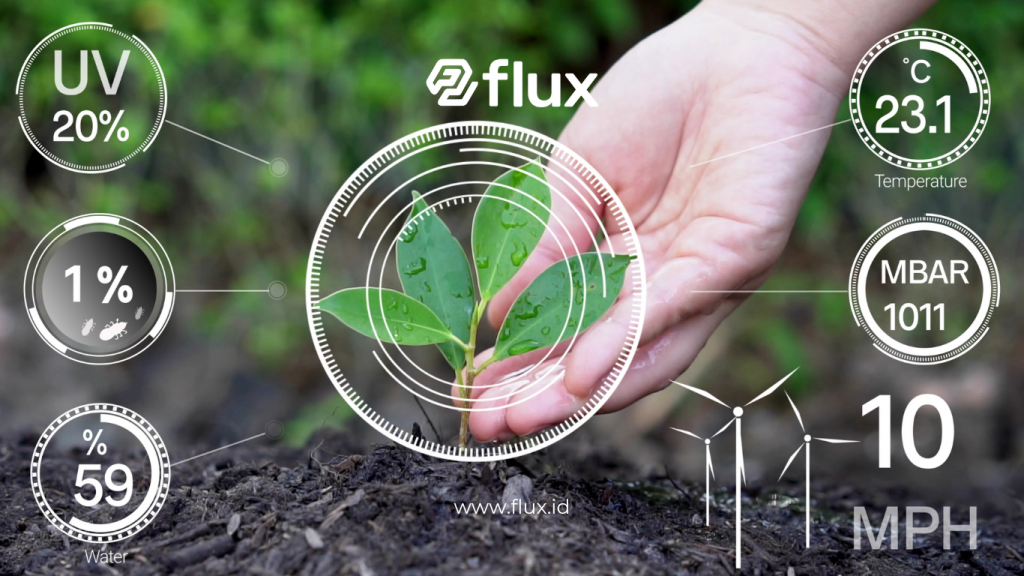
Read More : Soil Moisture Sensors: Enhancing Park Management Efficiency
Using soil moisture sensors offers various benefits, particularly in water resource management and agriculture. Here are some key advantages of this technology:
- Water Usage Efficiency: Soil moisture sensors help farmers and land managers use water more efficiently. By monitoring moisture levels in real-time, they can adjust irrigation schedules according to plant needs, avoid water wastage, and reduce costs.
- Improved Plant Quality: By ensuring that plants receive the right amount of water, soil moisture sensors can enhance plant health and productivity. This is crucial for achieving optimal crop yields and reducing losses due to drought.
- Early Drought Detection: Soil moisture sensors enable early detection of drought conditions. With accurate data on soil moisture, preventive measures can be taken before drought significantly impacts plants and the environment.
- Environmental Impact Reduction: By optimizing water use and reducing waste, soil moisture sensors help decrease the environmental impact of agricultural and land management practices. This includes reducing water waste and protecting soil ecosystems.
- Cost Savings: Real-time monitoring of soil moisture can reduce the need for excessive irrigation systems. This helps save on operational costs and investments in more efficient irrigation infrastructure.
Applications of Soil Moisture Sensors
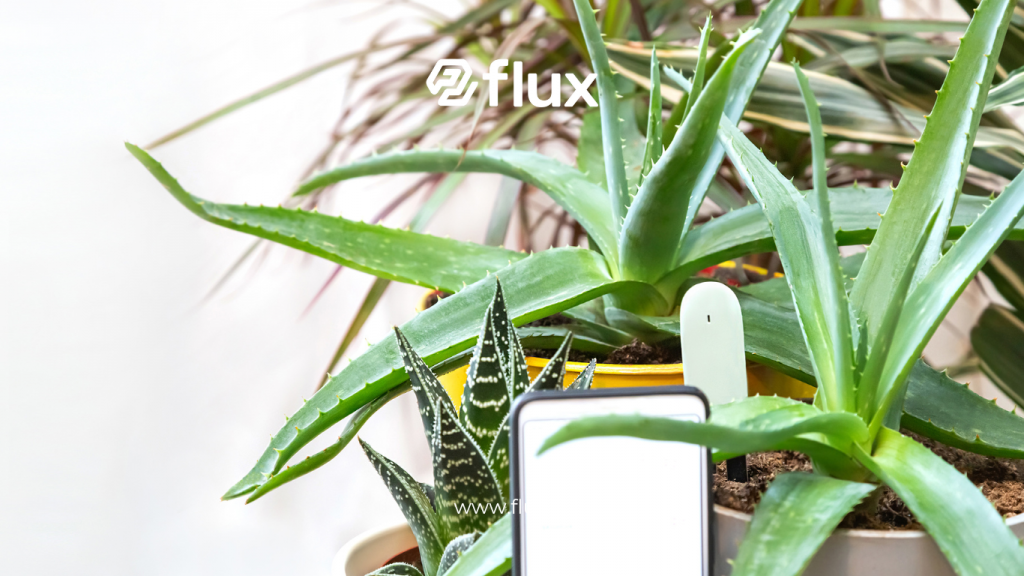
Read More : Modern Agriculture with IoT Sensors for Plant Monitoring
Soil moisture sensors have various applications, from agriculture to urban land management. Here are some examples of how this technology is used:
- Agriculture: In agriculture, soil moisture sensors are used to automate irrigation systems. This ensures that crops receive adequate water without wastage. The sensors also help farmers monitor soil conditions and make data-driven decisions regarding fertilization and crop care.
- Urban Gardens: In urban gardens and parks, soil moisture sensors help manage irrigation systems and ensure that city plants receive sufficient moisture. This is important in urban environments where water resources are often limited.
- Environmental Restoration: Soil moisture sensors are used in environmental restoration projects to monitor soil conditions and ensure the success of new vegetation planting. This aids in rehabilitating land affected by climate change and human activity.
- Water Resource Management: In water-scarce areas, soil moisture sensors can be used to manage water usage effectively. Data from these sensors assist in planning and managing water resources, reducing the impact of drought on communities and ecosystems.
Latest Technology in Soil Moisture Sensors

Read More : IoT Sensors for Enhanced Urban Landscaping
Technological advancements continue to enhance the capabilities of soil moisture sensors. Some of the latest innovations in this field include:
- Wireless Sensors: Wireless technology allows soil moisture sensors to transmit data directly to monitoring devices without cables. This reduces installation complexity and enables more flexible monitoring.
- IoT Integration: Soil moisture sensors can be integrated with the Internet of Things (IoT) to provide more detailed and real-time data. IoT systems allow remote monitoring and more in-depth data analysis.
- AI and Machine Learning: The use of artificial intelligence (AI) and machine learning in analyzing soil moisture data allows for more accurate predictions of plant water needs and future soil conditions.
- Multi-Function Sensors: Some of the latest soil moisture sensors come with additional features such as soil temperature and pH measurement. These sensors provide more comprehensive information about soil conditions and support more holistic management.
Conclusion
Soil moisture sensors are essential tools for optimizing drought monitoring and water resource management. With various types of sensors available and clear benefits in agricultural and environmental management, this technology offers effective solutions for drought issues and inefficient water usage. Using soil moisture sensors not only helps improve crop yields and plant quality but also contributes to reducing environmental impacts and cost savings. As technology continues to advance, soil moisture sensors will play an increasingly important role in natural resource management and environmental sustainability.





